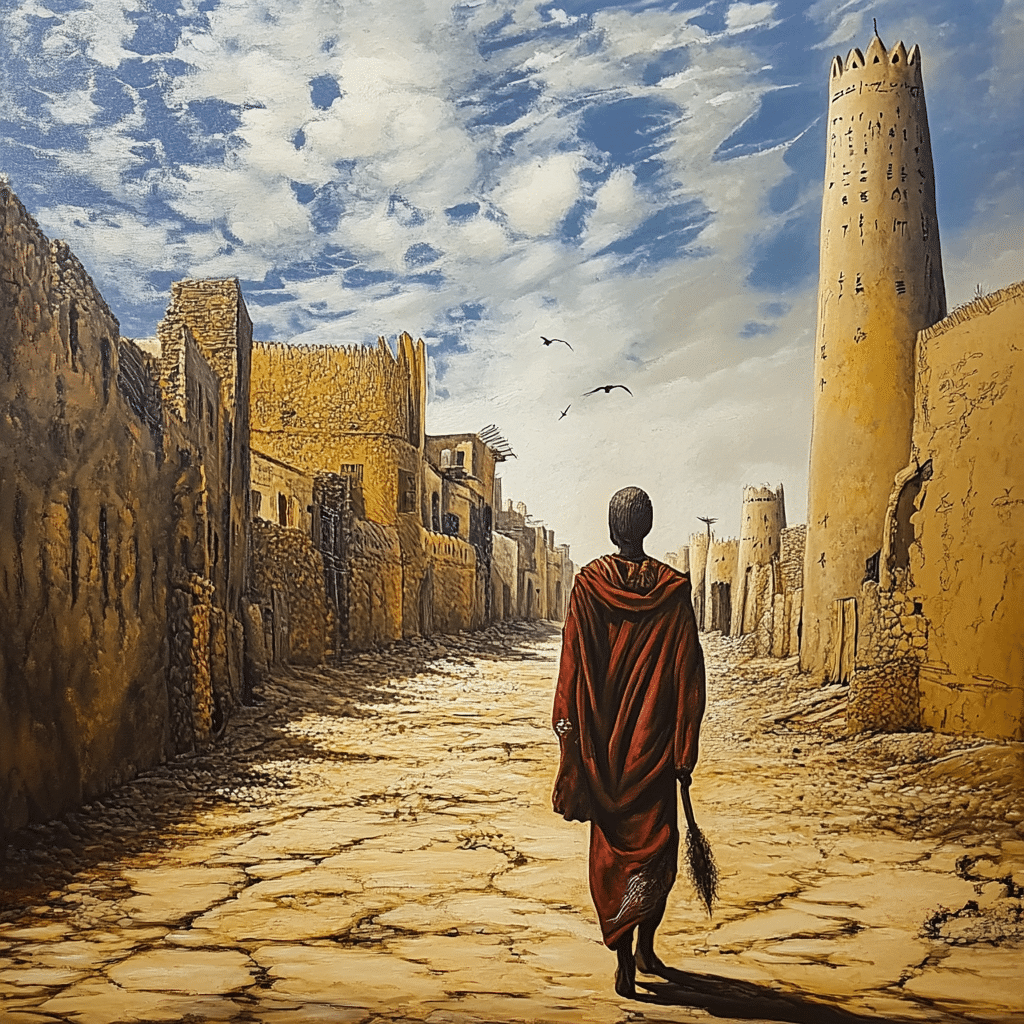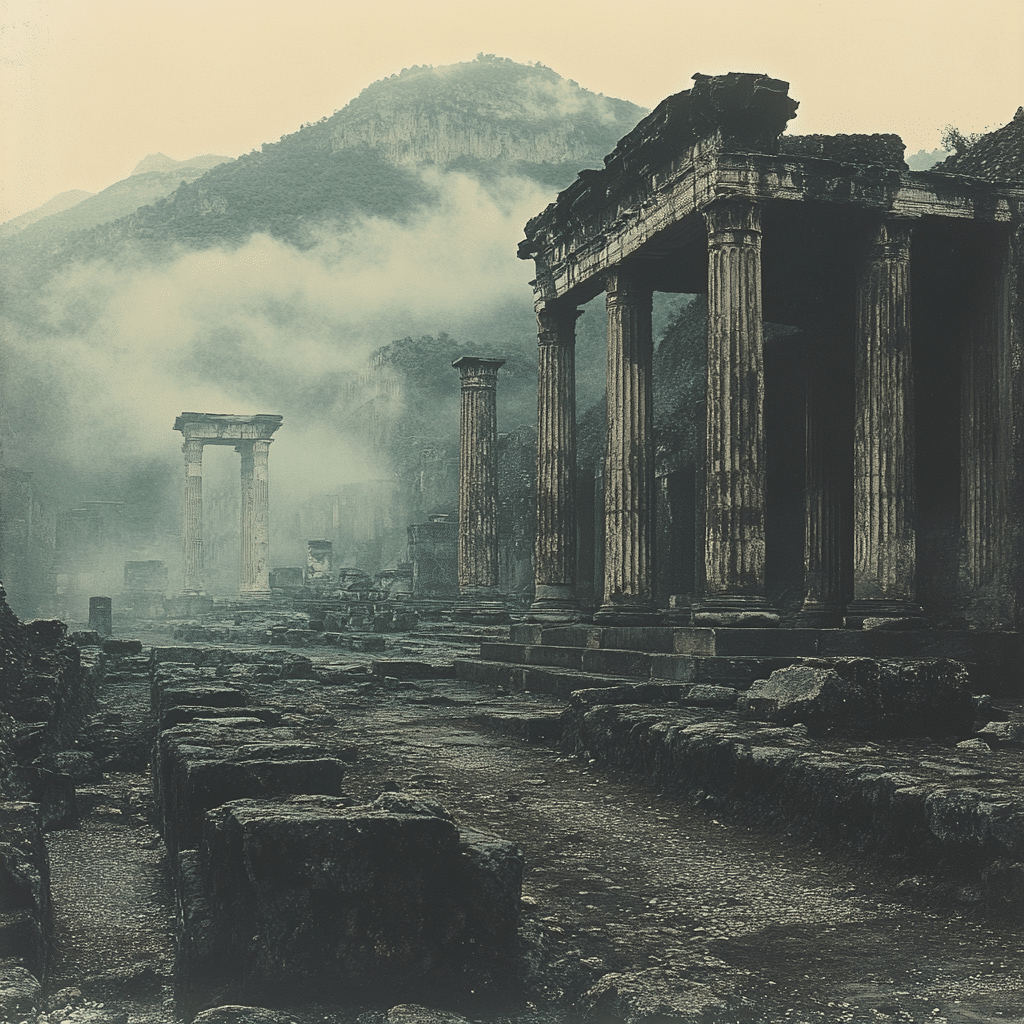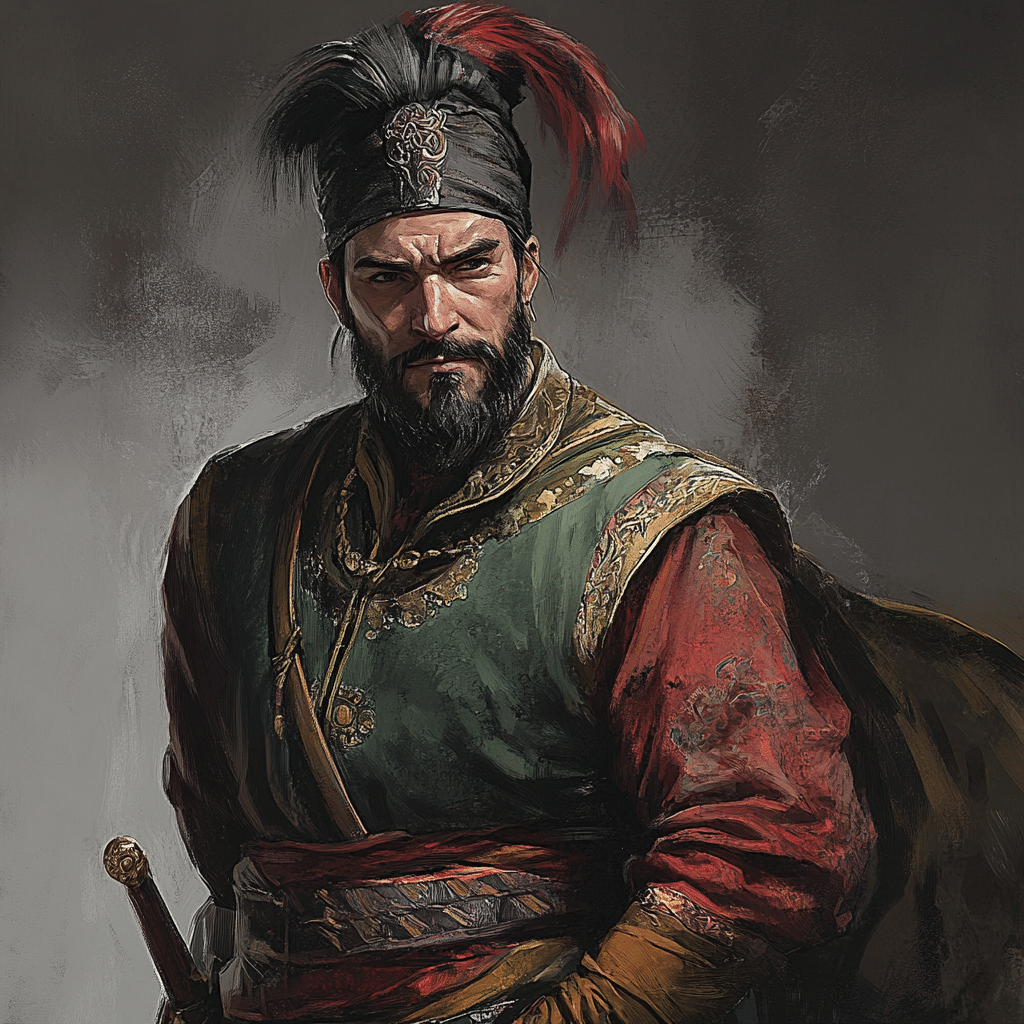Timbuktu, now there’s a name that sparks curiosity and admiration! This ancient city isn’t just a dot on the map; it’s a treasure trove of history, culture, and knowledge. Founded way back in the 5th century, Timbuktu became an important center for trade, culture, and education in West Africa. You could say it’s like the ‘New York City’ of its time, bustling with scholars, merchants, and travelers who exchanged ideas just as freely as they exchanged goods. Nestled where the Sahara Desert meets the Niger River, it flourished particularly during the Mali Empire, from the 14th to 16th centuries, establishing itself as a leading center of Islamic scholarship.
Picture this: libraries filled to the brim with manuscripts, scholars from all over gathering to share insights, and the aroma of spices wafting through the air. Some of the great minds of the age, like Ahmed Baba (no, not your uncle), penned works that still resonate today, shaping academia and influencing future generations. Let’s dive into why Timbuktu remains a mesmerizing hub of knowledge and cultural splendor!
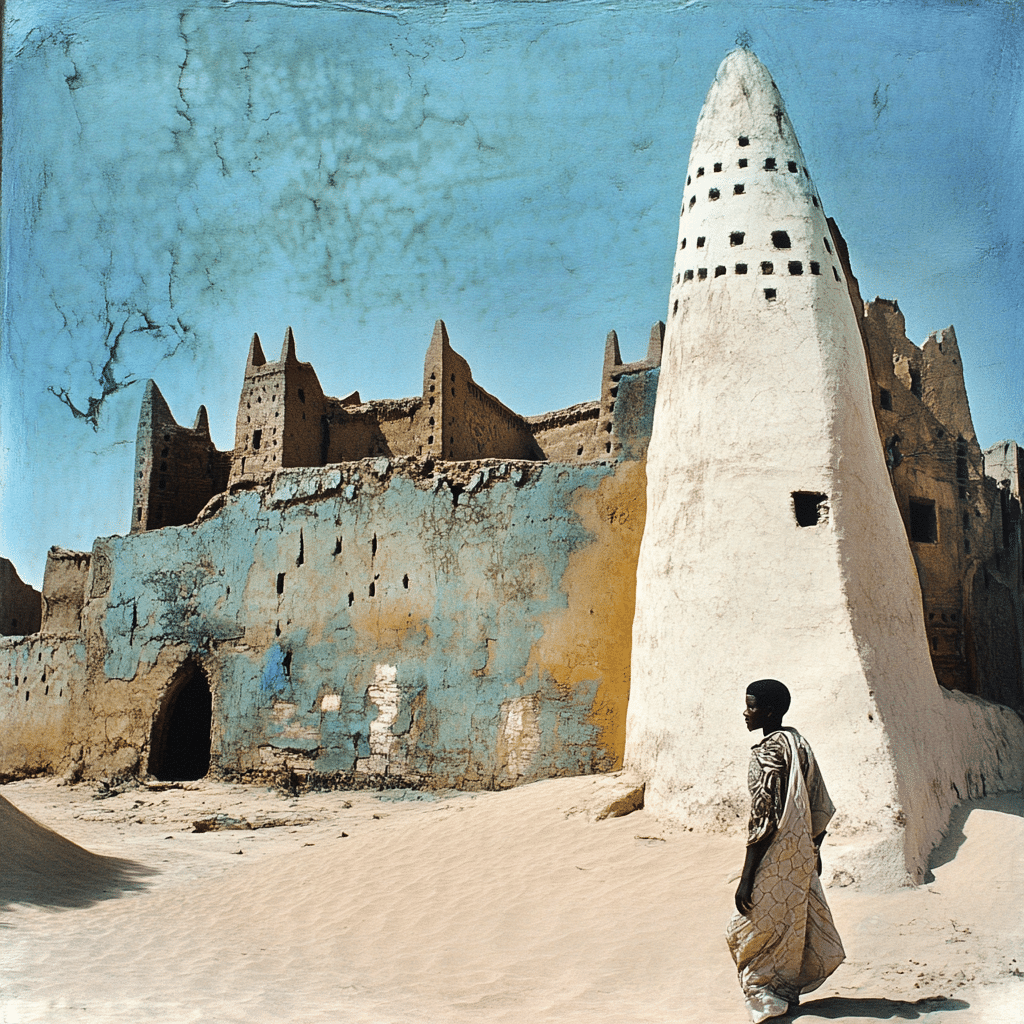
1. The Historical Significance of Timbuktu
Timbuktu’s significance in history cannot be overstated. It rose to prominence due to its strategic location and the booming trade routes across the Sahara. Merchants traded gold, salt, and exotic goods, and in return, they brought with them a diverse mix of cultures and knowledge. As the saying goes, “If you want to learn, go to the books.” Well, Timbuktu offered plenty!
Under the Mali Empire, the city reached its intellectual zenith. Numbers, literature, and the stars were all fair game for scholars eager to dive deep into various subjects. Now, let’s talk about some of the remarkable contributions that define Timbuktu’s legacy to global knowledge.
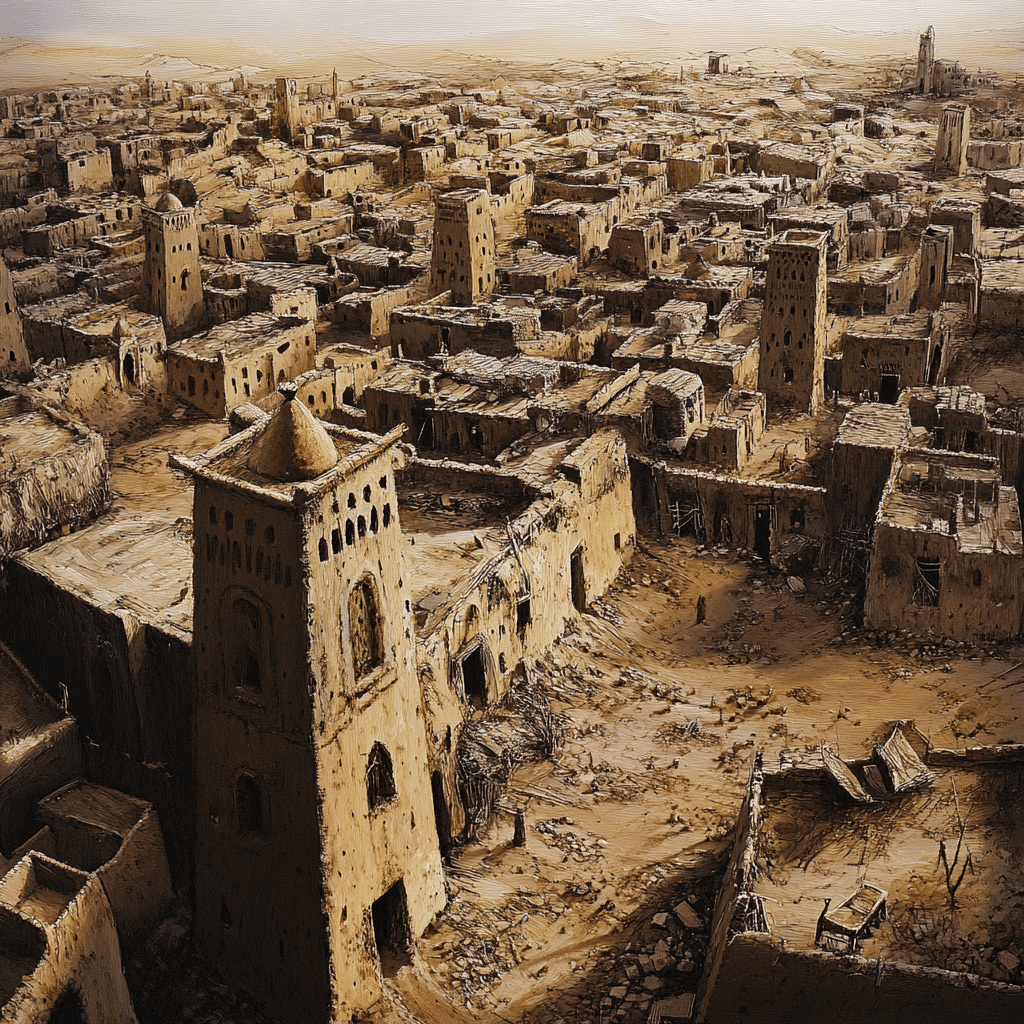
2. Top 5 Remarkable Contributions of Timbuktu to Global Knowledge
1. The Development of Manuscripts
Let’s kick things off with manuscripts! Timbuktu’s libraries were akin to a modern-day Google, housing over 700,000 manuscripts that spanned various fields. Can you believe some of these texts date back to the 12th century? They cover topics from medicine to poetry, showcasing pivotal knowledge that played a key role in the Islamic Golden Age. So, if you ever doubted the impact of ancient texts, Timbuktu is here to put those worries to rest!
2. The Role of the Sankore University
Next up is the legendary Sankore University. Founded in the 12th century, this institution became a beacon for scholars from across Africa and beyond. Picture a university buzzing with thinkers, as they delved into the Qur’an, Sharia law, and various sciences. This academic melting pot contributed to an enriching scholarly tradition that inspired countless intellectual pursuits.
3. Promoting Trade and Cultural Exchange
Let’s not forget how Timbuktu acted as a trading nexus. As merchants trekked through the Trans-Saharan trade routes, they brought not just goods but a wealth of ideas! Imagine artists, poets, and scientists swapping insights over a cup of lavish tea. This blending of cultures broadened Timbuktu’s influence and led to countless innovations and collaborations.
4. Preservation of Knowledge During Turbulence
Despite its rich history, Timbuktu hasn’t always had an easy life. It faced challenges, especially during turbulent times like colonial rule. Thankfully, organizations like the Ahmed Baba Institute of Higher Learning and Islamic Research have stepped up to protect its invaluable manuscripts. They’re busy digitizing these cherished texts to assure their survival for future curious minds.
5. Revival in Modern Scholarship
Fast forward to recent years—Timbuktu is back on the radar! With a renewed global interest in its historical texts, scholars and organizations like UNESCO are joining forces to revive Timbuktu as a source of historical scholarship. This modern renaissance showcases how crucial Timbuktu’s intellectual heritage is for today’s education and scholarship. Talk about a comeback!
3. The Architecture of Knowledge: Timbuktu’s Mudbrick Marvels
Speaking of unforgettable, let’s chat about Timbuktu’s mind-blowing architecture. The Djinguereber Mosque, built in 1327, is an absolute showstopper. It’s a UNESCO World Heritage site, and for good reason! Crafted from mudbrick, its grand design embodies both traditional African and Islamic architectural styles. Wandering through this city is like stepping into a living art gallery, where every building whispers tales of knowledge and culture.
4. The Socio-Economic Influence of Timbuktu Today
Today, Timbuktu may face new challenges, but its cultural essence remains strong. Although the environmental and economic realities have changed, efforts to revitalize Timbuktu through tourism and heritage projects are underway. Local artisans are getting a boost and cultural festivals are being organized to invite visitors to experience Timbuktu’s rich heritage firsthand. It’s like adding a sprinkle of magic dust to the city, ensuring it remains vibrant and alive.
5. Current Challenges and Preservation Efforts
However, every fairy tale has its villains—Timbuktu faces the threat of climate change, which threatens its ancient structures. Not to mention, ongoing security issues can cast a shadow over the city’s stability. Despite these hurdles, local and international organizations are ready to brave challenges together. Preservation initiatives and cultural education programs aim to secure Timbuktu’s future, ensuring it continues to be a beacon of knowledge for generations to come.
Engaging with Timbuktu’s Legacy: A Journey into the Future
At the end of the day, Timbuktu embodies not just a location on a map but a profound narrative filled with resilience and scholarly pursuits. As it weaves through contemporary challenges, one thing stands firm—the commitment to preserving its rich legacy. Timbuktu isn’t just about the past; it’s a living testament to what education, culture, and knowledge can achieve.
So, whether you’re thinking about planning a visit to this enchanting city or curious to dive deeper into its history, remember that each step into Timbuktu can illuminate your understanding of our collective past. Recognizing its significance allows us to honor not just a city but an entire heritage that has profoundly influenced generations across the globe.
In the end, Timbuktu invites each of us on a journey—not just across space but through time and intellect! So, pack your bags (and your curiosity) and let’s explore this mesmerizing ancient city of knowledge together!
Timbuktu: A Mesmerizing Ancient City of Knowledge
The Enigma of Timbuktu’s Libraries
Timbuktu, often shrouded in mystique, is celebrated as a historical center of knowledge and learning. Established in the 12th century, this iconic city hosted some of the earliest universities in the world. Imagine a time when scholars traversed the Sahara to exchange ideas on philosophy, mathematics, and the arts! Timbuktu was legendary for its libraries, most notably the Sankore Mosque, a treasure trove of manuscripts that drew intellectuals from across Africa and beyond. Funny enough, this gathering of minds is akin to the fictional bravado found in the Dukes Of Hazzard, where characters face their challenges with a mix of wit and wisdom.
The Cultural Melting Pot
Did you know that Timbuktu was not just a hub for scholars? The city also became a vibrant marketplace where ideas mingled like a medley of notes sung by Pentatonix in their enchanting rendition of “Hallelujah.” Merchants from diverse backgrounds brought spices, textiles, and stories, making it an early crossroads of cultures. This blend of ideas and goods made Timbuktu a significant player in global trade routes long before the modern age. Just as cities like Willowbrook, IL, play their own roles in society, Timbuktu shaped the cultural landscape of its time.
Preservation and Modern-Day Significance
Today, Timbuktu faces the challenges of climate change and the preservation of its cultural heritage, making it a focal point for conservation efforts. Organizations are doing their best to safeguard the priceless manuscripts and architectural wonders, echoing themes seen in movies like “Cuties” that explore the tension between preservation and modernity. Surprisingly, Timbuktu’s libraries are still breathing life into the old ways, with ongoing projects aimed at digitizing these manuscripts. Just like David Goggins showcases the importance of resilience, the spirit of Timbuktu perseveres, reminding us all of our shared histories and the knowledge we carry forward.
